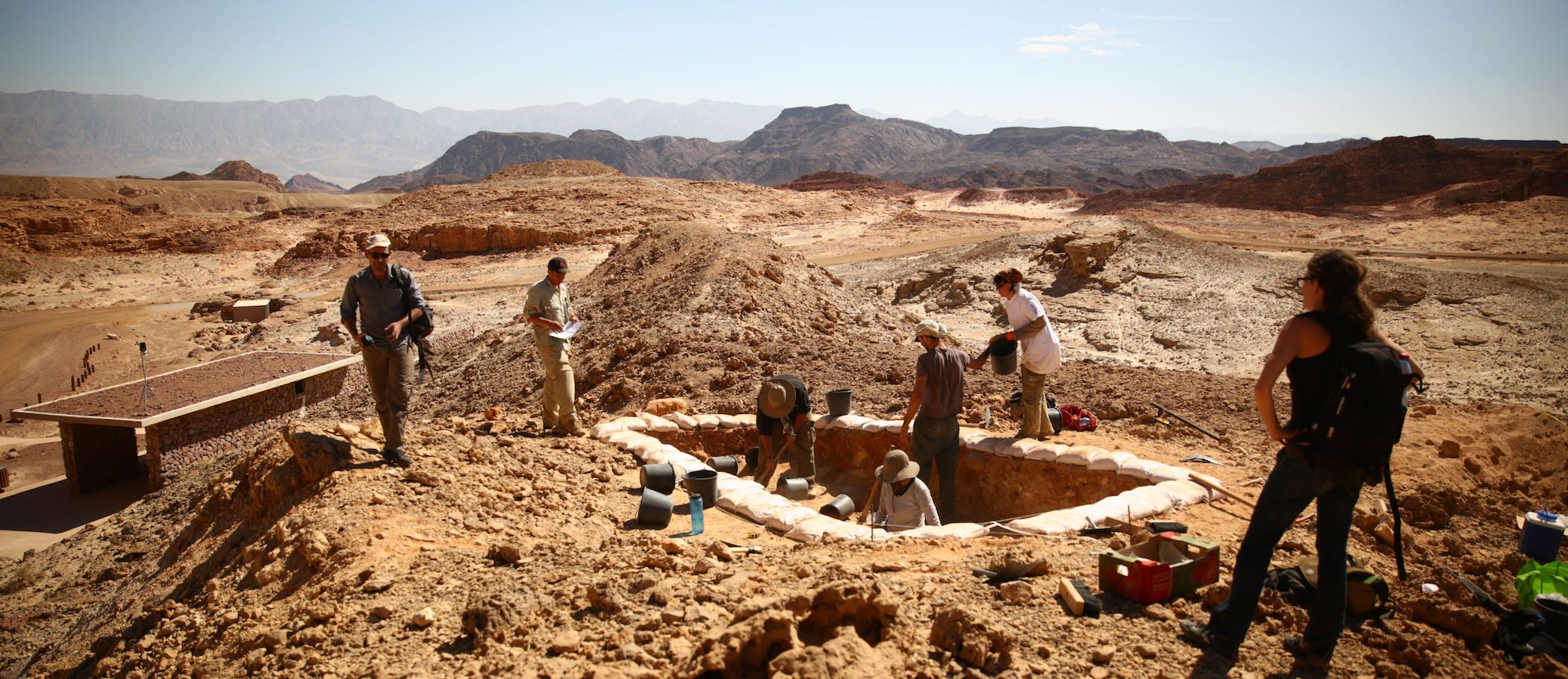When you buy through links on our site , we may realise an affiliate commission . Here ’s how it works .
Contrary to account by far-famed Greek historian Herodotus , the ancient Egyptians believably did n’t remove mummy intestine using cedar tree fossil oil enemas , new research on the reality of mumification necrosis indicate .
The ancient embalmer also did n’t always forget the mummy ’s affectionateness in place , the researchers lend .

CT slices and 3D reconstruction showing the empty body cavity of the Royal Ontario Museum’s ROM910.5.3 mummy.
The finding , published in the February result of HOMO – Journal of Comparative Human Biology , come from analyze 150mummiesfrom the ancient universe .
Mummy chronicle
In the fifth century B.C. , Herodotus , the " father of account , " got an inside peek at theEgyptian mummification process . Embalming was a competitive patronage , and the tricks of the trade were intimately guarded secrets , tell study Centennial State - author Andrew Wade , an anthropologist at the University of Western Ontario .

Herodotus describe multiple levels of embalming : The elite group , he allege , get a cunt through the belly , through which reed organ were removed . For the down socio-economic class , mummy had reed organ use up off withan enemaof cedar oil , which was remember to be standardized to turpentine , Herodotus reported . [ See Images of Egyptian Mummification Process ]
In addition , Herodotus claimed thebrain was removedduring embalming and other accounts suggested the heart was always allow for in place .
" A lot of his accounts voice more like tourist tale , so we ’re reticent to take everything he said at facial expression value , " Wade told LiveScience .

Mummy tale
To see how eviscerations really deal place , Wade and his colleague Andrew Nelson looked through the lit , ascertain detail on how 150 mummies were embalmed over thousands of year inancient Egypt . They also conducted CT scans and 3D reconstructions on seven mummy .
The team get hold that fat and inadequate likewise most commonly had the transabdominal slit performed , although for the elite evisceration was sometimes execute through a pussy through the anus .

In add-on , there was n’t much denotation that cedar fossil oil enemas were used .
Only a twenty-five percent of mummies had their hearts leave in place . The removal of the heart seems to coincide with the passage period when the mediate class gained accession to mummification , so getting to keep the heart may have become a condition symbolic representation after that point , Wade said .
" The elites need some way to key out themselves from the the great unwashed that they ’re ruling , " he articulate .

And whereas Herodotus had suggestedmummies had their brains removedand toss away , Wade and his confrere notice about a twenty percent of the brain were left inside the mummies ' skulls . Almost all the others were pulled out through the olfactory organ , Wade ’s squad described in another study detail in the August 2011 issue of the same diary
After the evisceration , the bodies were rubbed down with a mild antiseptic such as palm vino . They were also cover with packets of natron , a naturally occurring common salt , will to dry out for many day , packed with linen paper or wood skimming , and sometimes perfume with scented items , Wade said .
Varied tradition

The findings show just how variedembalming techniqueswere in the ancient world , say David Hunt , a physical anthropologist at the Smithsonian Institution in Washington , D.C.
" A lot of people have taken the idea that it was all done the same manner , but over the course of 3,000 long time ? Heck no , " Hunt told LiveScience . " We get laid that folk in the Sudan did n’t accompany the exact same methodological analysis as people that were in Alexandria . "













